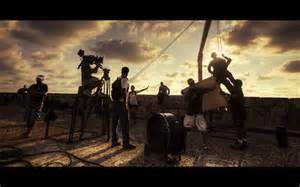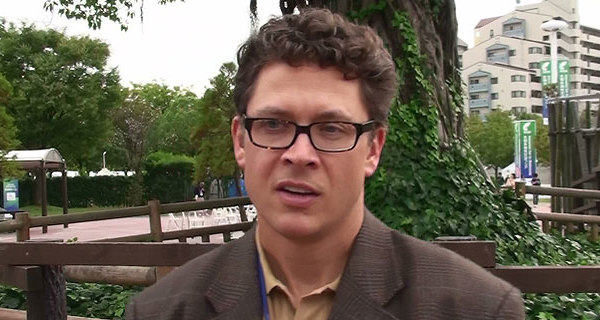Running a change project in a diversified industrial manufacturing environment seems similar to making a movie.
At the center of a movie is the director, who envisions the final product, makes many of the important decisions and shoots much of the film. There are producers who are responsible for the morale, coordination and execution of the production teams – they ensure all resources are lined up and ready to go so the director can do her job. These teams include – actors, wardrobe, makeup, modelers, CGI, stunts, camera, lighting, sound and set crews. There are also pre and post production teams – screen writers, financiers, casting, film editing, scoring, etc. These teams form temporarily to get a job done and then disband.
In a change project, the “financiers” are the top management team. They commit to the program based on achieving specific objectives within a budget and timeframe. The “director” is the change agent. The “producers” are the functional team leaders involved. The cast and crew are the front line office and factory team members whose processes, work instructions, technology and environment (operating system) will change as a result of executing the project.
The “pre production” phase of a change project is where the change agent and the financiers agree on the outcome, timing and budget, as outlined in a Statement of Work, the principal component of which is the Project Plan. It is important that the change agent set out a clear plan with realistic objectives and timing, or she will have a difficult time persuading the top management to fund additional projects if the timing or cost extends too far. Conversely, it should also be noted that one of the highest grossing movies of all time, “Titanic,” was completed so far beyond the schedule and budget that the director James Cameron signed away most of his compensation in order to get the movie completed. Also, the vast majority of films produced on time and within budget are not profitable. So there is some subjective judgment needed here.
In making a movie, it is desirable to complete the pre-production work in advance, such as financing, casting, scripting, etc., so that changes during production are minimized, for economy’s sake. But we often hear of scripts being rewritten often in response to the work accomplished thus far; and much of the detail of a film is created or reworked in real time – sets, costumes, makeup, lighting, sound, etc. In the same way, a change project starts with a list of desired outcomes – enhancements to business and manufacturing processes, technology, culture and capabilities. Then, as things progress, the list changes in order to better achieve the project’s objectives.
At this juncture lies the most striking difference between making a film and executing a change project. In a change project, the change agent (or team) is temporary, whereas the factory production teams are not. They may resist the changes without fear of losing their jobs or slowing progress. The top management team may not intervene on behalf of the change agent. The change agent must skillfully deploy innovation diffusion techniques to engage the support and sustain the motivation and follow through of the production team, while appropriately raising issues to top management as necessary to preserve the momentum of the project.
We can take some cues from movie making in dealing with resistance to change. I work on the business process side of change. Generally a change involves:
a) cleaning up the system data,
b) designing a “Lean” process by reducing clerical labor, integrating all data and making the process continuous,
c) trying the new process (several times until perfected),
d) rewriting the process work instruction, and
e) training the end users in the new process.
Sometimes steps (b) and (c) above involve a radical simplification of a whole series of operations, so that the new process is nearly unrecognizable from the old. This sort of holistic change requires a lot of trial and error to perfect, as we observe peoples’ reactions to the software and enhance its capability to handle the full range of problems encountered. In order to prevent people from becoming discouraged and giving up, we compare this process to that of shooting a scene in a film – sometimes the director gets the scene in one take, sometimes not until the 75th take. The point is that we take what we learn from each attempt and use that to improve the next trial. Eventually we find the optimal process. Then we publish the new work instruction and deploy that process to the larger team.


